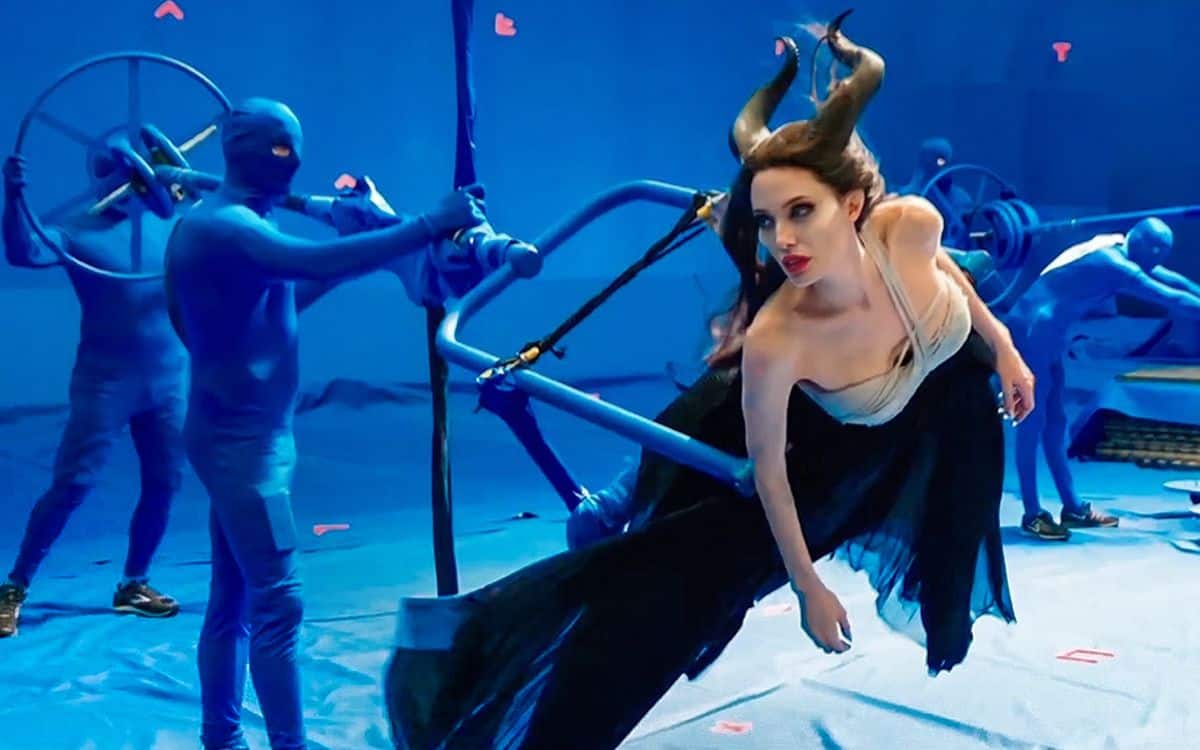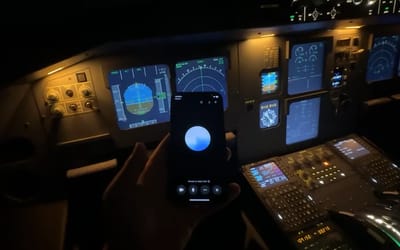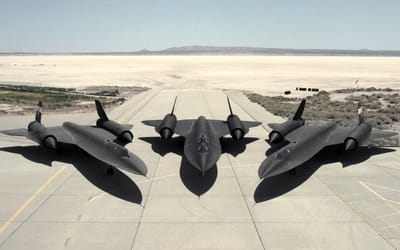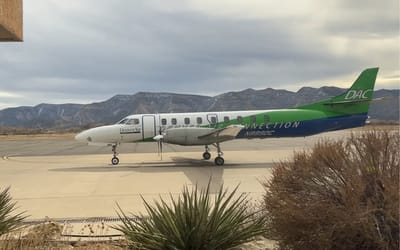This is how the craziest flying scenes are shot in movies
Published on Mar 16, 2023 at 8:56 AM (UTC+4)
by Kate Bain
Last updated on Mar 20, 2023 at 4:07 PM (UTC+4)
Edited by
Kate Bain
Filming flying scenes in movies is a lot harder than you might think.
From taking-off, to mid-air action scenes, free-falling, and landing, every sequence involves a different setup.
But how exactly do they do it and what physical training is involved?

READ MORE! Boy, 3, rips his parents’ $550,000 Ferrari around the track
Seeing a character fly in a movie has become so common that superhero films would be incomplete without it.
While we don’t give these scenes a second thought, the amount of effort that goes into them is enormous.
The way flying is filmed has drastically changed over the years, especially since 1948 when they first tried to make superman fly.
Back then, they just showed the actor, then Kirk Alyn, jumping into the air, at which point he became an animated character and flew away.
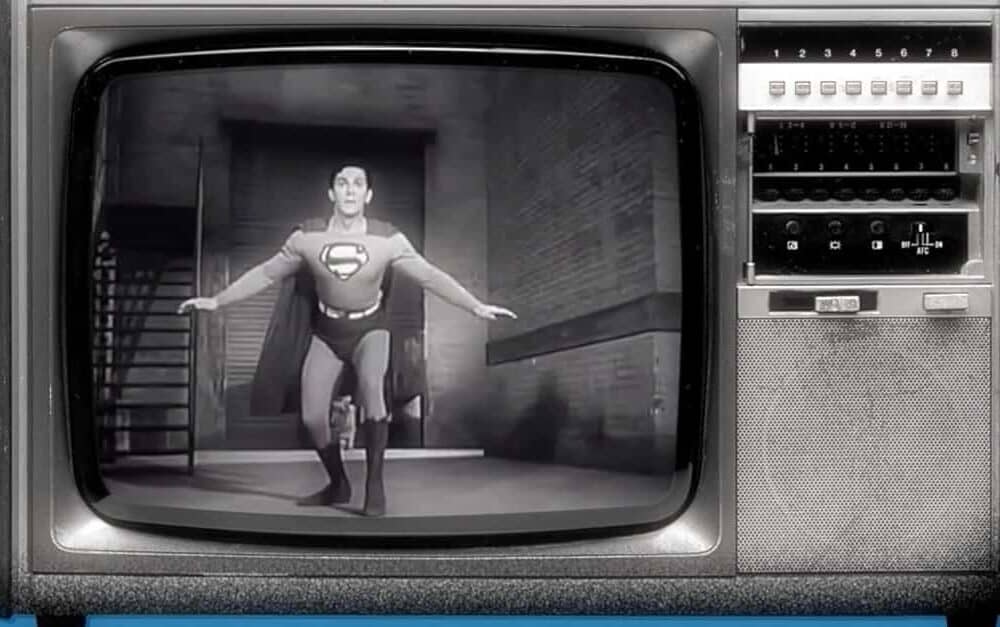
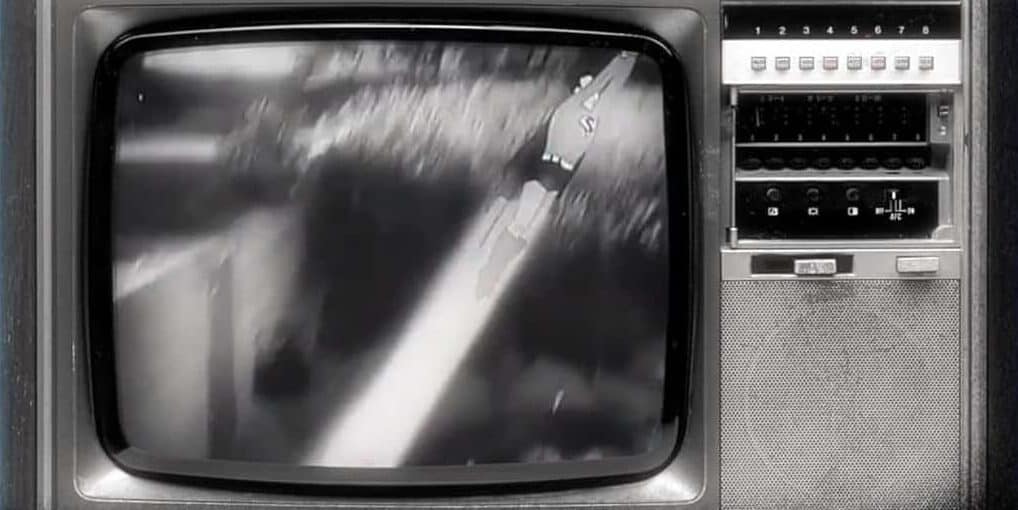
Then came George Reeves as superman, and these flying scenes were equally as clumsy.
Reeves used a bouncy board hidden behind props in the room to add a little more spring to his take-off.
Then, to look like he was in flight, he lay flat on a base plate, sometimes suspended awkwardly by a harness.
And to land, he’d climb up a short ladder hidden just outside the frame and jump down.
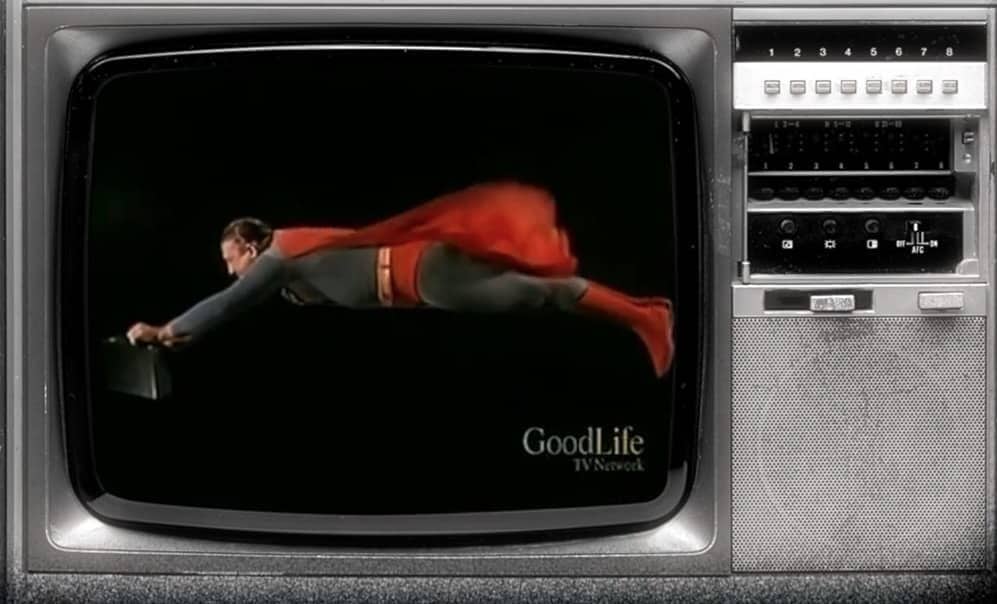
These techniques, while basic, paved the way for on-screen flying.
Fast-forward to now, and things look very different.
Flying devices have advanced significantly, and there are different options for different scenes.
Wires
Wires are the most common device used on set.
Basically, actors wear a harness that’s attached to wires, the wires are attached to rigs and the rigs are attached to massive cranes.
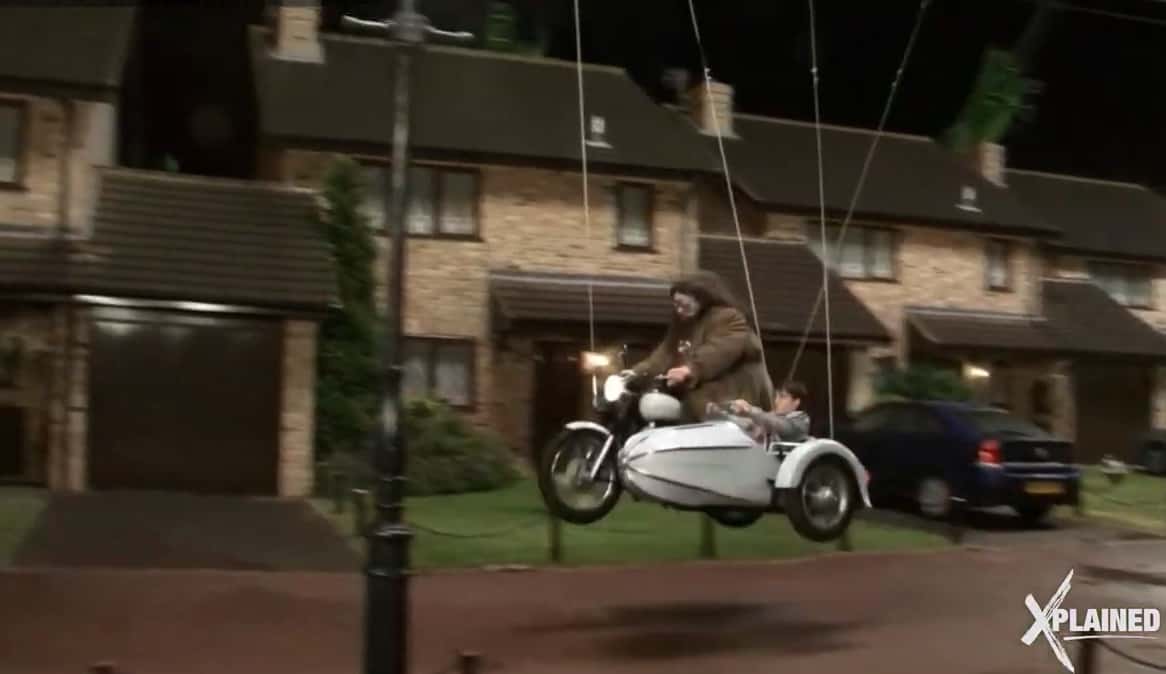
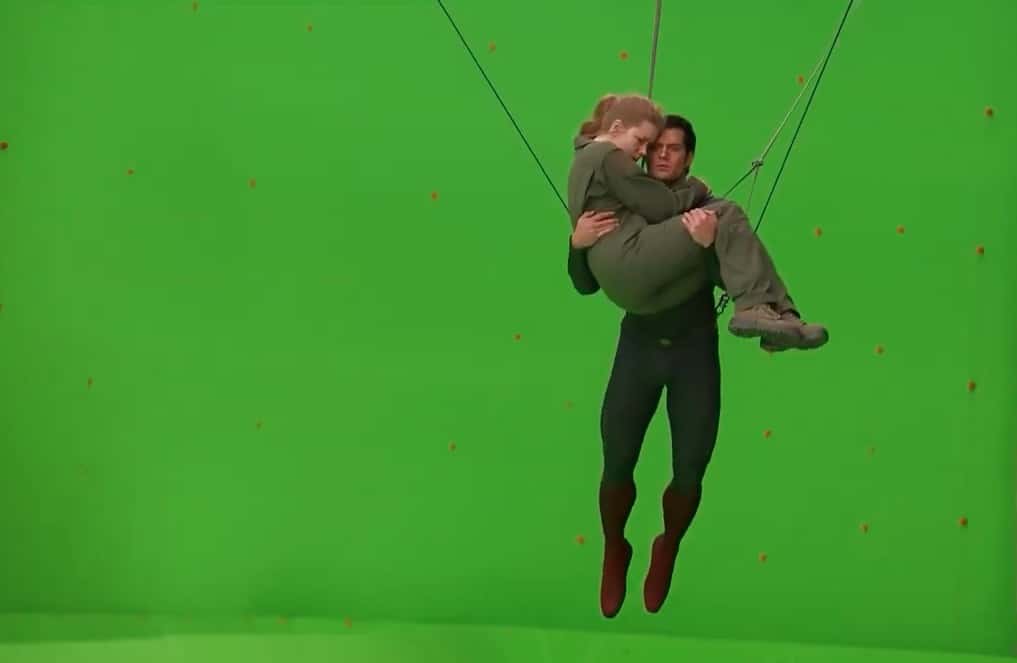
Parallelogram
A parallelogram is a great option for easy take off and landing scenes.
The actor just stands on the platform as it’s raised and lowered.
But this has huge limitations.
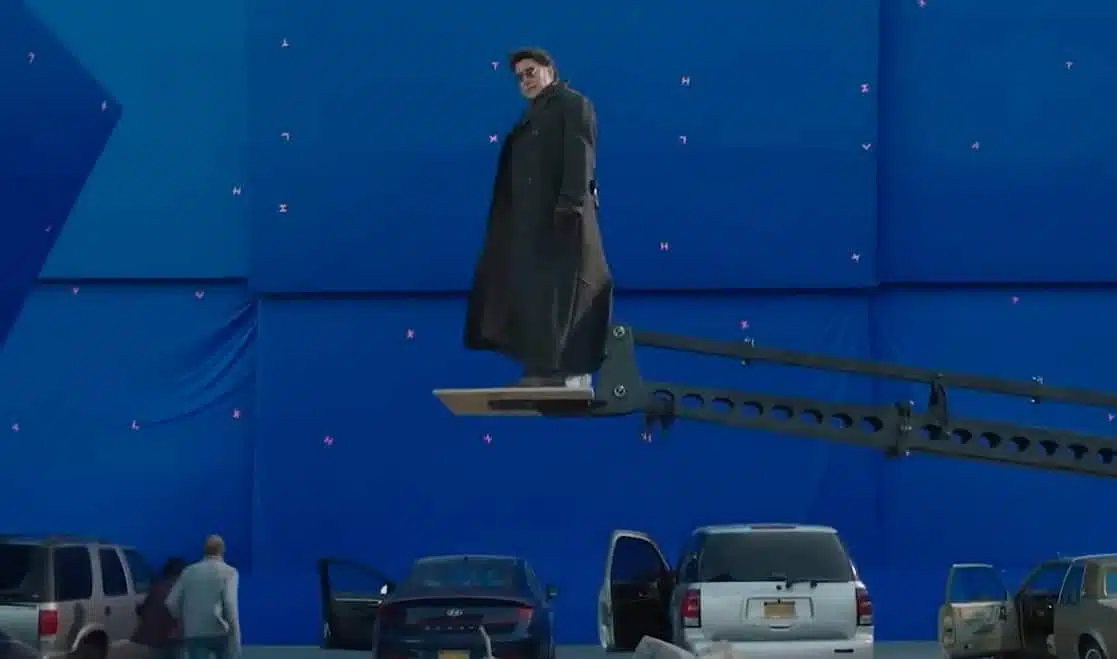
Tuning fork
The tuning fork takes things up a notch.
In this setup, actors are attached to the tuning fork at their hips and the machine pushes them through the air.
With this, actors have more flexibility to move around, change direction and even come to a halt mid-air.
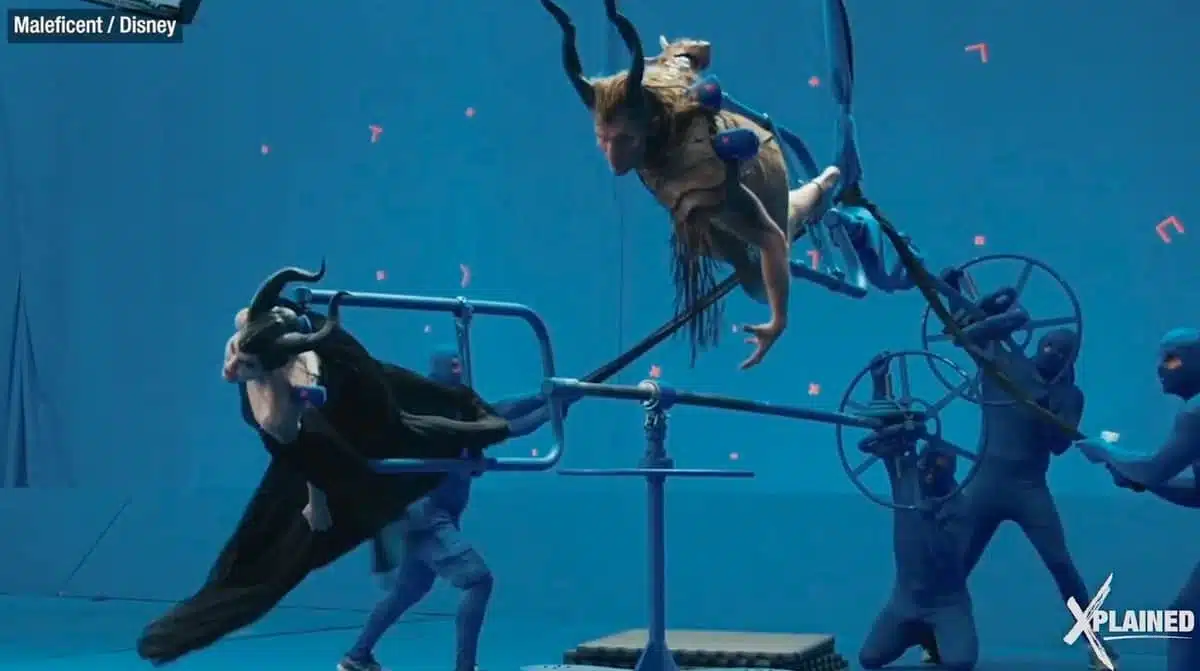
Robomoco arm
This device is especially useful when an actor needs to tumble or fight someone in the air.
The actor is attached at the hips to a robotic arm and the arm is preprogrammed with a moving sequence.
This helps the actor nail their mid-air performance.
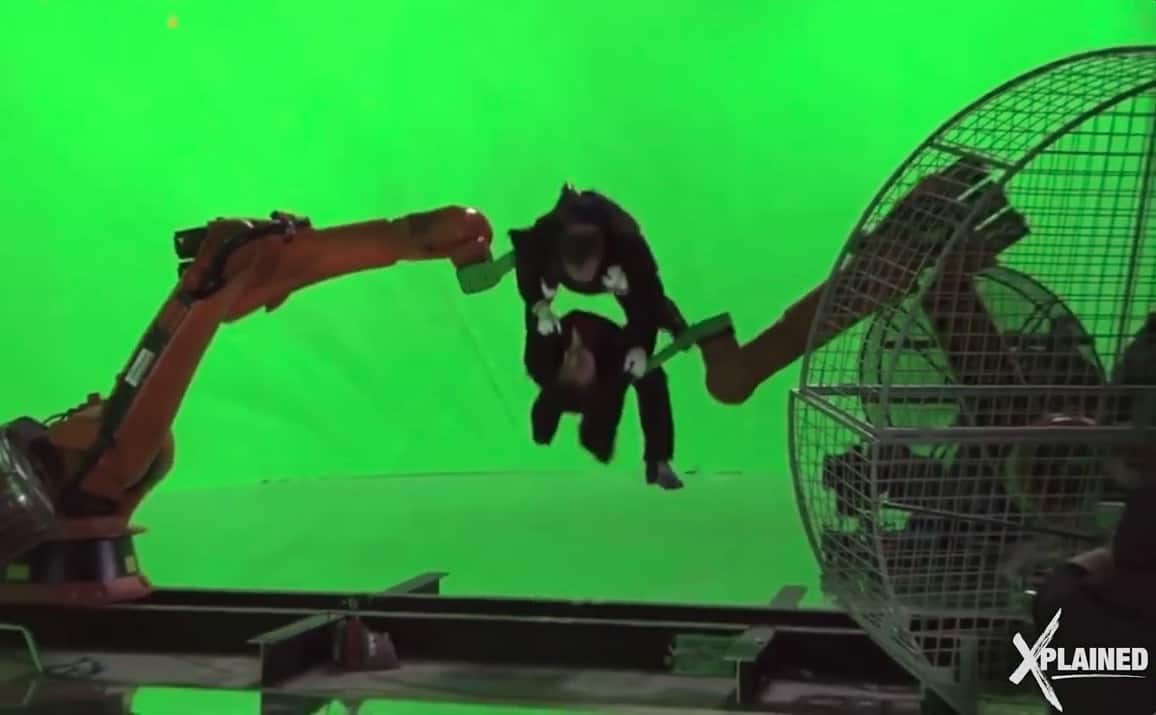
Vertical wind tunnels are also used as secondary devices to help make the flying look more natural.
Then the scenes are made even more realistic with visual effects in post-production.
Actor training
Regardless of which device is used, actors are required to train extremely hard if they want a flying scene to look natural on screen.
They need incredible upper body strength and agility to be able to hold themselves in position while pulling off these stunts.
For the full story and behind-the-scenes footage, watch the video!
DISCOVER SBX CARS: The global premium car auction platform powered by Supercar Blondie
Kate Bain is Lead Editor at supercarblondie.com. She is based in Dubai and coordinates coverage of the latest news across automotive, technology, and lifestyle. Kate has a bachelor's degree in business and post graduate in journalism. She is an experienced editor and journalist who has worked for News Corp, Daily Mail Australia, and Sky News. When she's not at work, you'll find her at the beach with her young family.
